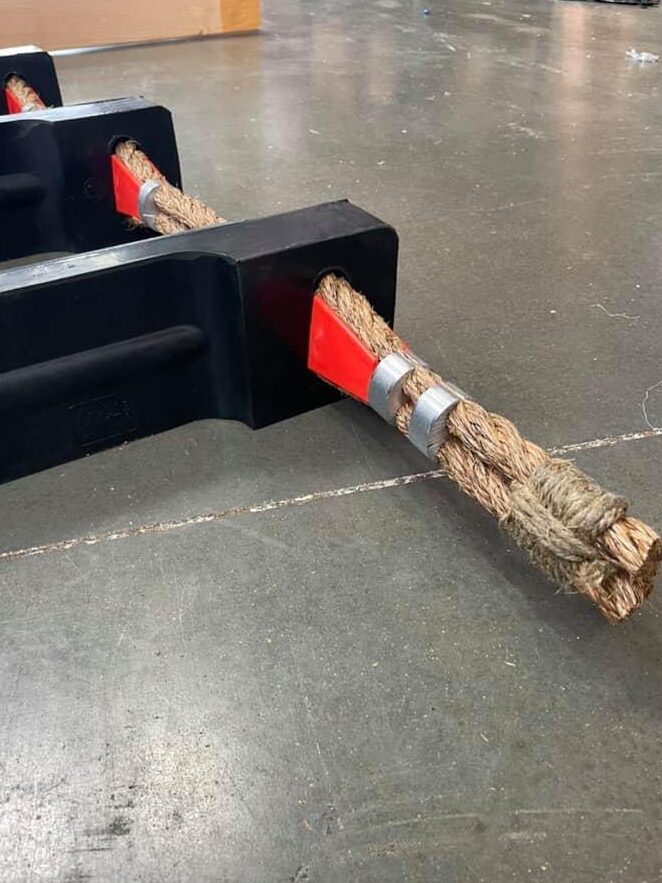
In the spring of 2023, the IMO Sub-commission on Navigation, Communications and Search and Rescue (NCSR) may start a process of review and amendments to the SOLAS Ch V. reg 23: the regulations regarding Pilot Transfer Arrangements (PTAs).
The pilot ladder in use today dates back decades, if not centuries. When considering ISO standard 799-1 for instance, the design of the pilot ladder in use on most sea going vessels consists of materials and techniques that have been around for a long time.
Furthermore, after decades of defined regulations, guidelines, operational procedures, and standards, one could ask the question whether all these measures have led to substantial improvements for pilot ladders today and guarantee a safe boarding arrangement for the transfer of maritime pilots. The results of many hazardous occasions- and accident investigation studies indicate this is not the case.
When making alterations to PTA regulations in 2023, are we going to go more into the details of the present components in use, or are we going to consider a more holistic view of the PTA-system and start by defining risk-based safety requirements for a new future proof PTA system, using modern techniques, components, materials, and a human centered design approach?
Consider the following task: if we were to start from scratch, how would the ideal PTA look like? Using a Design Thinking approach, after identifying the design needs (i.e., defining the problems), PTA-stakeholders and known information on the present-day PTA system, the functional and operational applications and requirements should be defined to begin with.
Some obvious requirements of a safe PTA-system that come to mind: the new 2023 PTA system should have a high degree of safety, maintainability, and operability. The components and materials in use for the PTA system should be resistant to the harsh environment of the high seas. It should be easy to recognize wear and tear of the system during the life cycle, and training in the safe operations of the PTA system should be simple. The rigging of the system and the securing techniques should be straight forward and unambiguous.
Based on these requirements, a new PTA system can be designed in which innovation is given maximum priority. An associated requirements package of classification regulations should be established to enable testing- and verification procedures in line with the specified requirements. All stakeholders (e.g., maritime pilots, shipowners, legislators) should be involved in developing these procedures to come to the maximum support for the PTA system of the future. Any design that meets the established requirements should be certified when it is interesting enough to bring onto the global market.
In conclusion, it is time for a new “PTA as a system” approach, not for an upgrade of the existing pilot ladder. The efforts of the maritime industry should be aimed at improving maritime pilot safety using modern design and manufacturing techniques. The present PTA regulations, guidelines, procedures, and standards are an obstacle to innovation in this respect.
Herman Broers

